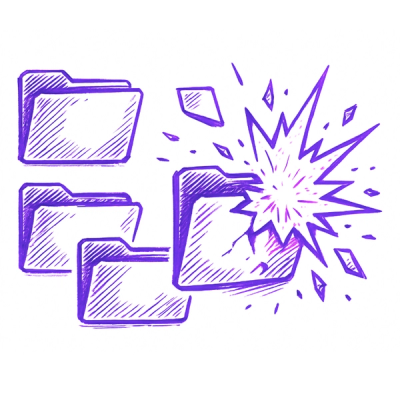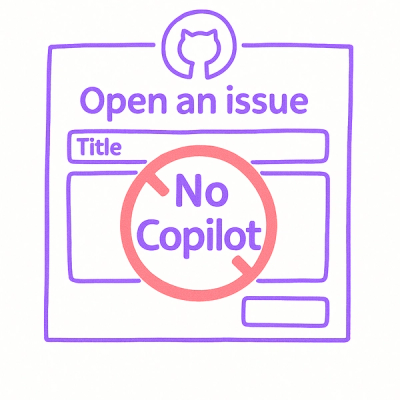一个轻量级的门户菜单组件,不依赖任何前端框架,可以在 Vue、React 或原生 JavaScript 项目中使用。
安装
npm install lt-portal-menu
使用方法
在原生 JavaScript 项目中使用
<!DOCTYPE html>
<html lang="zh-CN">
<head>
<meta charset="UTF-8" />
<title>LT Portal Menu Demo</title>
<link rel="stylesheet" href="node_modules/lt-portal-menu/dist/index.css" />
</head>
<body>
<div id="portal-trigger">点击显示菜单</div>
<script src="node_modules/lt-portal-menu/dist/index.js"></script>
<script>
const menuData = [
{
id: "1",
title: "常用系统",
submenus: [
{ id: "1-1", text: "告警中心", url: "#", iconUrl: "" },
{ id: "1-2", text: "交通事件管理", url: "#", iconUrl: "" },
{ id: "1-3", text: "视频综合管理", url: "#", iconUrl: "" },
],
},
{
id: "2",
title: "监控一体化",
submenus: [
{ id: "2-1", text: "告警中心", url: "#", iconUrl: "" },
{ id: "2-2", text: "交通事件管理", url: "#", iconUrl: "" },
],
},
];
const portalMenu = new LTPortalMenu({
el: "#portal-trigger",
placement: "bottom-end",
menuData: menuData,
onOpen: function () {
console.log("菜单已打开");
},
onClose: function () {
console.log("菜单已关闭");
},
});
</script>
</body>
</html>
在 Vue 项目中使用
<template>
<div>
<div ref="portalTrigger">打开菜单</div>
</div>
</template>
<script>
import LTPortalMenu from "lt-portal-menu";
import "lt-portal-menu/dist/index.css";
export default {
data() {
return {
portalMenu: null,
menuData: [
{
id: "1",
title: "常用系统",
submenus: [
{ id: "1-1", text: "告警中心", url: "#", iconUrl: "" },
{ id: "1-2", text: "交通事件管理", url: "#", iconUrl: "" },
],
},
],
};
},
mounted() {
this.portalMenu = new LTPortalMenu({
el: this.$refs.portalTrigger,
placement: "bottom-end",
menuData: this.menuData,
});
},
beforeUnmount() {
// 组件销毁时清理资源
if (this.portalMenu) {
this.portalMenu.destroy();
}
},
};
</script>
在 React 项目中使用
import { useEffect, useRef } from "react";
import LTPortalMenu from "lt-portal-menu";
import "lt-portal-menu/dist/index.css";
function PortalMenuDemo() {
const triggerRef = useRef(null);
const menuRef = useRef(null);
const menuData = [
{
id: "1",
title: "常用系统",
submenus: [
{ id: "1-1", text: "告警中心", url: "#", iconUrl: "" },
{ id: "1-2", text: "交通事件管理", url: "#", iconUrl: "" },
],
},
];
useEffect(() => {
if (triggerRef.current) {
menuRef.current = new LTPortalMenu({
el: triggerRef.current,
placement: "bottom-end",
menuData: menuData,
});
}
return () => {
if (menuRef.current) {
menuRef.current.destroy();
}
};
}, []);
return (
<div>
<div ref={triggerRef}>打开菜单</div>
</div>
);
}
export default PortalMenuDemo;
API
配置选项
| el | HTMLElement | string | null | 触发器元素或 CSS 选择器 |
| placement | string | 'bottom-end' | 菜单位置,可选:'top-start', 'top-end', 'bottom-start', 'bottom-end' |
| menuData | Array | [] | 菜单数据 |
| onOpen | Function | null | 菜单打开时的回调函数 |
| onClose | Function | null | 菜单关闭时的回调函数 |
| icons | Object | null | 自定义图标配置 |
| icons.trigger | string | null | 自定义触发器图标 URL |
| icons.setting | string | null | 自定义设置图标 URL |
| icons.close | string | null | 自定义关闭图标 URL |
| icons.default | string | null | 自定义默认菜单项图标 URL |
菜单数据格式
[
{
id: "1",
title: "分类标题",
submenus: [
{
id: "1-1",
text: "菜单名称",
url: "链接地址",
iconUrl: "图标地址",
},
],
},
];
方法
| toggle() | 切换菜单显示状态 |
| open() | 打开菜单 |
| close() | 关闭菜单 |
| renderMenuData(menuData) | 重新渲染菜单数据 |
| destroy() | 销毁实例,清理资源 |
自定义图标
您可以通过两种方式自定义图标:
const portalMenu = new LTPortalMenu({
el: "#trigger",
menuData: menuData,
icons: {
trigger: "path/to/your-trigger-icon.png",
setting: "path/to/your-setting-icon.png",
close: "path/to/your-close-icon.png",
default: "path/to/your-default-icon.png",
},
});
const menuData = [
{
id: "1",
title: "系统菜单",
submenus: [
{
id: "1-1",
text: "菜单项",
url: "#",
iconUrl: "path/to/your-custom-icon.png",
},
],
},
];
样式隔离
组件使用lt-前缀命名空间,确保不会与您项目中的其他样式冲突。所有 CSS 类都有明确的前缀,如:
.lt-portal-menu-container {
...;
}
.lt-portal-menu {
...;
}
.lt-portal-menu-header {
...;
}
兼容性
支持现代浏览器,包括 Chrome、Firefox、Safari、Edge 等。



